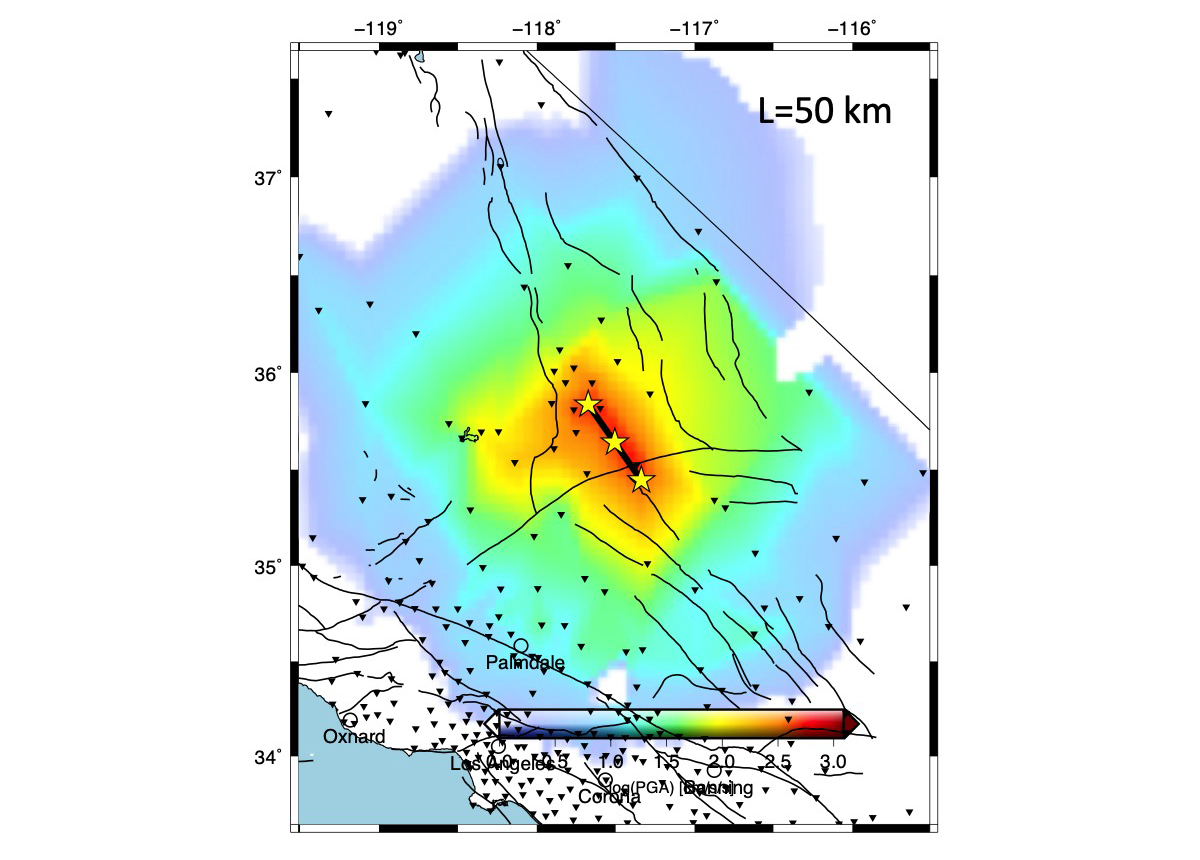2019-09-25
Swiss contribution to advance the ShakeAlert earthquake early warning system in the U. S.
Imagine receiving a warning about imminent earthquake shaking before you feel it. Sounds like science fiction? Not quite: In Japan and Mexico such systems are established and in operation for several years. Along the West Coast of the United States such a system, called ShakeAlert, is currently in the first phase of a public roll-out. The US Geological Survey (USGS) awarded funding to several institutions, including the Swiss Seismological Service (SED) at ETH Zurich, to get ShakeAlert ready for public alerting.
ShakeAlert is an earthquake early warning system for the West Coast of the United States. It has been developed over a period of 13 years and is currently being tested by selected commercial and institutional users. In a next step, with the additional funding awarded by the USGS, ShakeAlert will be made publicly available to a much larger group that will, for example, be alerted via cell phones. This requires improvement of ShakeAlert in several ways: for example, the upgrade of sensor networks, the advancement of algorithms, and public education.
Read more...ShakeAlert uses two algorithms: EPIC and FinDer. EPIC estimates the (point-source) hypocenter and the magnitude of the earthquake. With stronger earthquakes (magnitude 6 and larger), the fault rupture typically spans several tens to hundreds of kilometres. This is why ShakeAlert uses the second algorithm, FinDer. This algorithm is able to estimate in real-time the dimensions of the rupture zone along a fault, which is crucial to estimate the ground shaking as accurately as possible. Maren Böse, a senior research scientist at the Swiss Seismological Service, has developed FinDer. The USGS awarded her to conduct research to improve the performance of FinDer in collaboration with the USGS and California Institute of Technology (Caltech). Her research will focus in particular on the mitigation of large earthquakes along the San Andreas Fault and the Cascadia subduction-zone, which have huge damage potential.
Earthquake early warning systems like ShakeAlert do not predict earthquakes, but rather indicate that an earthquake has begun and that shaking is imminent. This gives people, at best, a precious few to several tens of seconds to take actions before the shaking begins. Early warning systems can also trigger automated actions, such as slowing down trains or stopping elevators. However, there is often not enough time to issue a warning in time. In addition, people who are directly at the epicentre do not benefit from a warning, as the damaging waves arrive before.
Learn more about earthquake early warning and FinDer.
Learn more about ShakeAlert here.
Figure: FinDer line-source model for the 6 July 2019 M7.1 Ridgecrest earthquake, California (USA).
